Prior to our trip to Evora, a highly unscientific survey of our friends and family in the U.K. revealed that only one couple had ever heard of the town, despite its UNESCO World Heritage status. Having now returned from our visit, all I can say is that the others are missing a treat and need to add it to their bucket lists at the double.
We had fancied visiting Evora for a while so when we were planning our stay in Lisbon we made sure that we factored in time for a side trip. I’d read that a lot of people go for the day from the capital but with the train to Evora taking over an hour and a half and allowing extra time either end I quickly realised that this sounded too much like hard work. We are all for maximising what we do and see on holiday but when it turns into a feat of endurance it’s time to rethink the schedule! Evora definitely deserved an overnight stay.
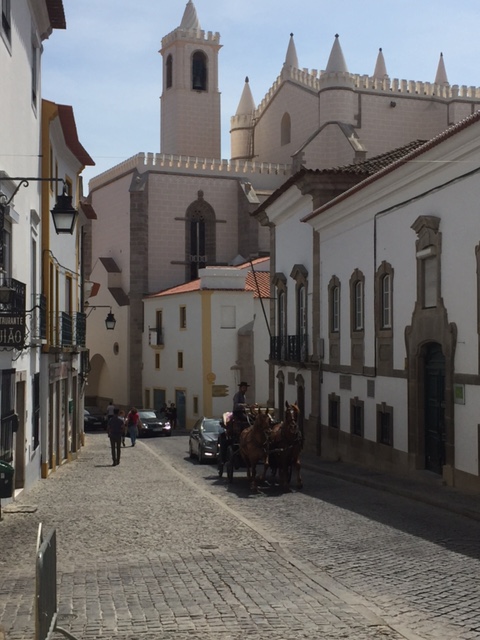
In retrospect we could have stayed longer but our two days there allowed us to see the main sights, the hidden gem of Paco de Sao Miguel and still have time to linger in the April sun over a leisurely drink or coffee in some of the town’s lovely squares. Being there after the day trippers had gone also let us savour the evening peace in the public gardens before going out for a great dinner at Fialho.
Evora is steeped in history – whether your tastes are Roman, Moorish or Manueline you will find yourself taking photos galore as you explore the narrow streets of the town. As you would expect from its UNESCO status everything is very well preserved.
To help you make the most of your trip to Evora here are our Top Ten things to enjoy.
1. Paco de Sao Miguel
Our guidebook had nothing on this beautiful palace and yet it was the highlight of our trip, particularly seeing the 16th century ceiling frescoes and hearing about their significance from our English-speaking guide. Entry is purely by appointment (we were guests of the Eugenio de Almeida Foundation) so does require a little forward planning but it’s well worth this minor inconvenience. Further details of this gem can be found in a separate blog. If time is not on your side then do at least wander into the courtyard and enjoy seeing the splendid group of buildings in this tranquil Pateo.
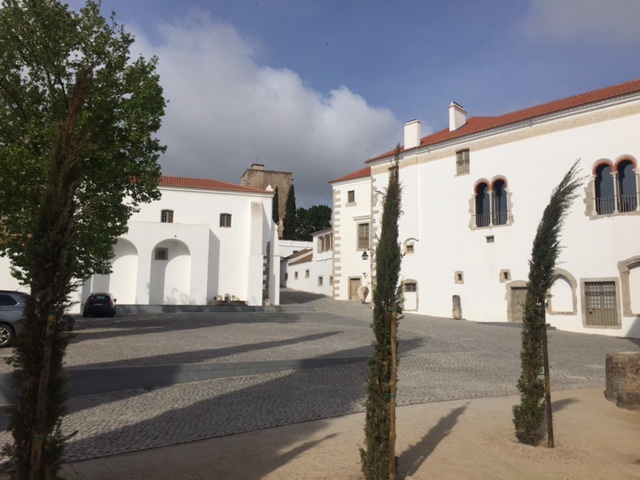
2. The Cathedral and Treasury
The 13th century cathedral of Santa Maria with its turreted tower looks rather like a castle, especially when seen from the train as it pulls into the station. However, as you draw close and see the carved figures of the Apostles guarding the entrance there is no mistaking that this is in fact an imposing Gothic cathedral. Various tickets are available, depending on whether you want to climb the tower or enter the cloisters. Whatever you do, don’t miss the treasury with its glittering array of sacred art. The highlight for us was the 13th century ivory Madonna whose body becomes a triptych of tiny scenes of her life.
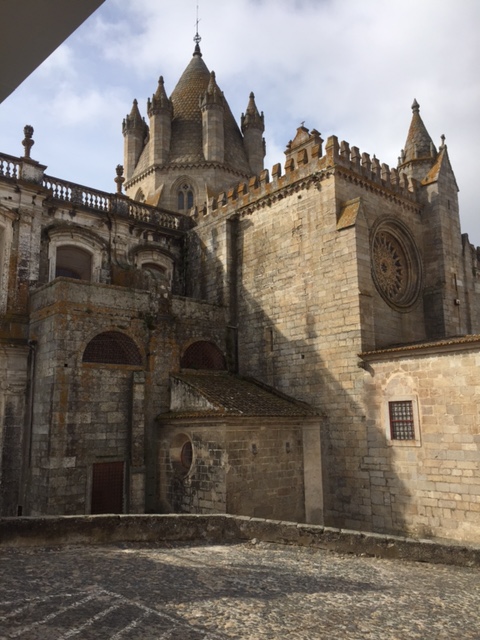
3. The Chapel of Bones
When we were invited by the Portuguese Tourist Board to visit the Chapel of Bones we were not sure what to expect. Would it be similar to the rather macabre catacombs in Palermo with all their mummies? It turns out that the Chapel of Bones was created in the 17th century with the remains of 5,000 monks, although those who are interested in seeing something a little more intact can see two leathery bodies, including sadly one of a child.
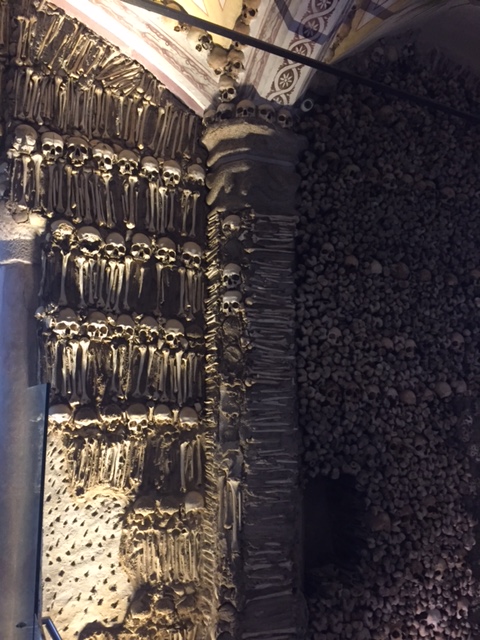
4. Roman Temple
Roman remains can be found throughout the Alentejo region but the jewel in the crown has to be Evora’s Roman temple, thought to have been dedicated to the goddess Diana. It can be found up by the Pousada which was once a 15th century monastery and is also close to some small gardens with lovely views across the plains and a few contemporary sculptures.
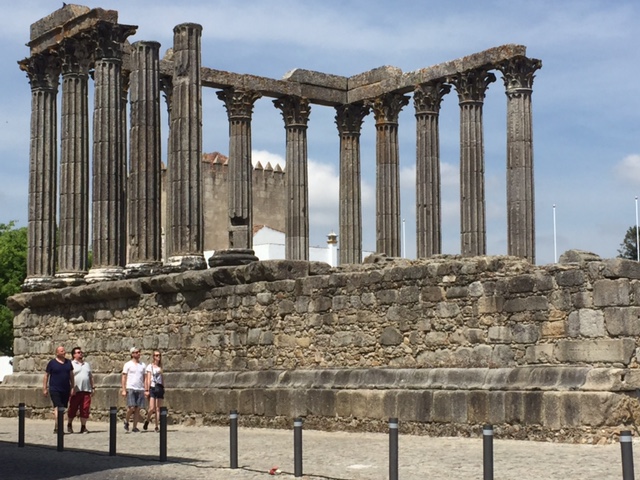
5. Jardim Publico
If you’re looking for somewhere to have a stroll or a seat in the shade with a good book, Evora’s lovely public gardens fit the bill. There you’ll find the beautiful ruins of Dom Manuel’s Palace built in the 15th century. Although it was a public holiday, celebrating the anniversary of Portugal’s Carnation Revolution, the gardens still had an air of tranquillity and we had the place pretty much to ourselves apart from some young couples taking selfies by the romantic ruins and about 20 peacocks who seemed unperturbed by our company.
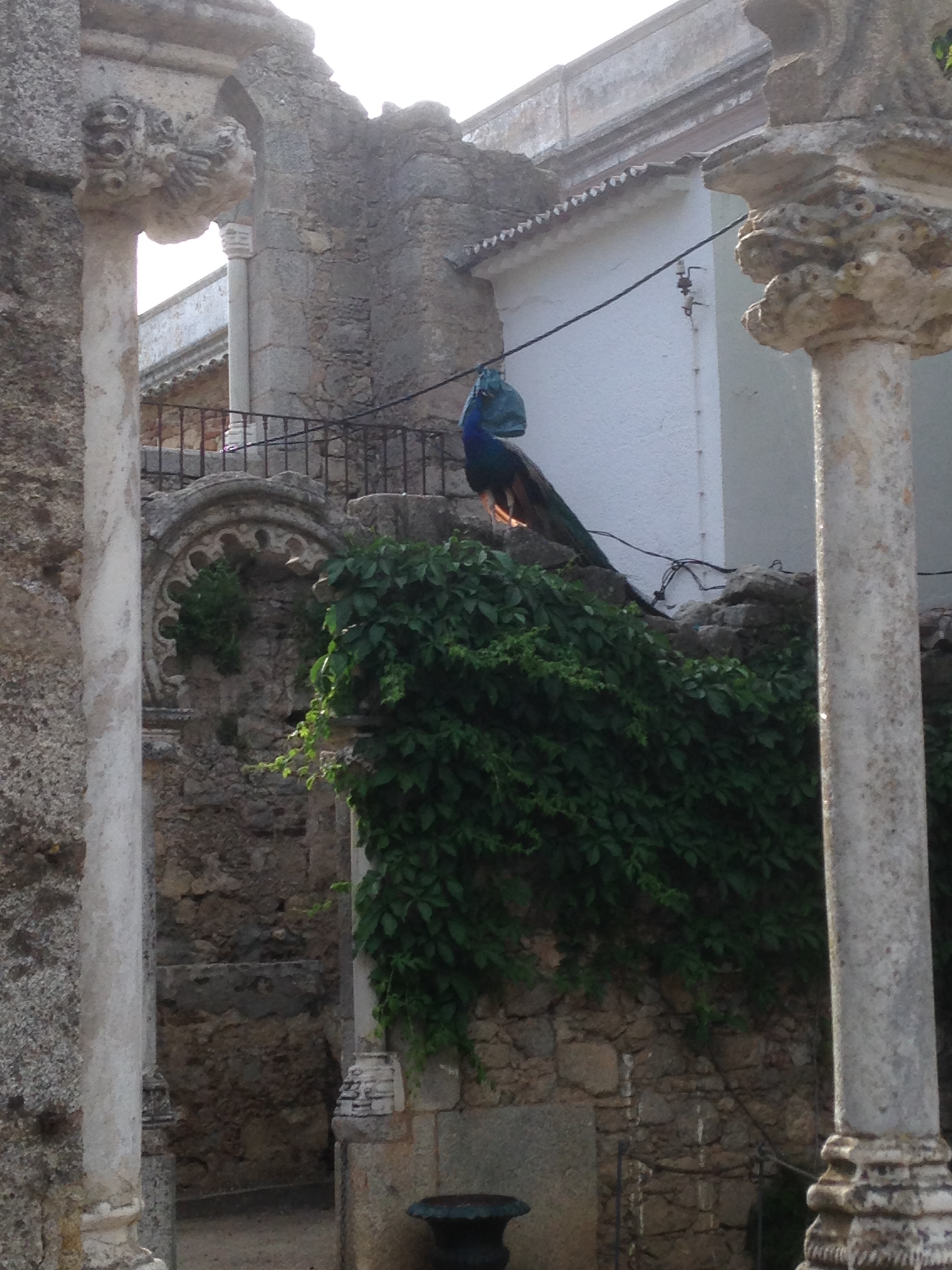
6. Praca do Giraldo
The main square, with the church of Sao Antonio at one end and the splendid building that now houses the Bank of Portugal at the other, has had a long and often bloody history. It is now, however, a pleasant place to sit with a drink, looking at the 16th century fountain and watching the world go by. Unfortunately the church was closed each time we walked past.
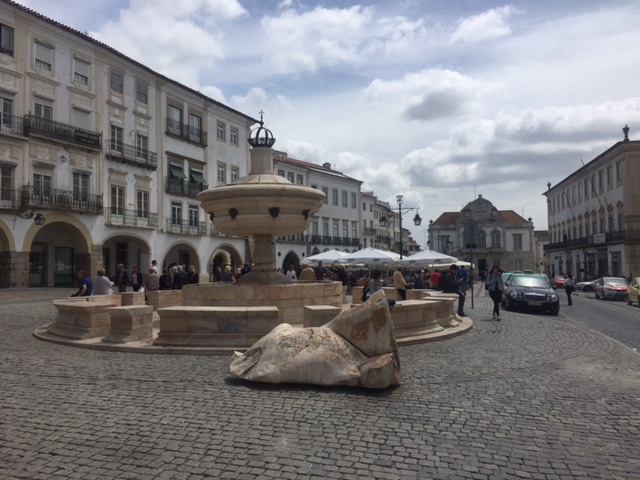
7. Sample some local food
One of our favourite Portuguese dishes is pork with clams so where better to have it than the Alentejo where it comes from. It was on offer in many of the restaurants but we had it in a simple little place near the Chapel of the Bones for the bargain price of €7.50. If you fancy something a bit more comfortable you will find lots of local dishes on offer at Fialho, which we reviewed here.
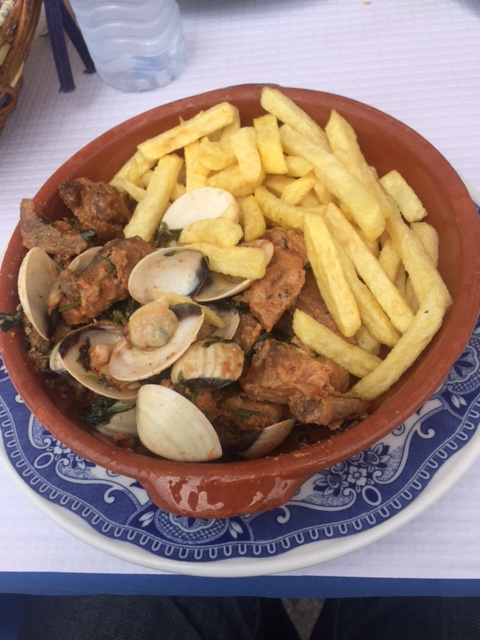
8. Church of Sao Francisco
Although the main tourist draw of this lovely church is the Chapel of Bones, the church itself should not be missed with its splendid Gothic and Manueline architecture, gilded wood carvings and traditional azulejo tiles.
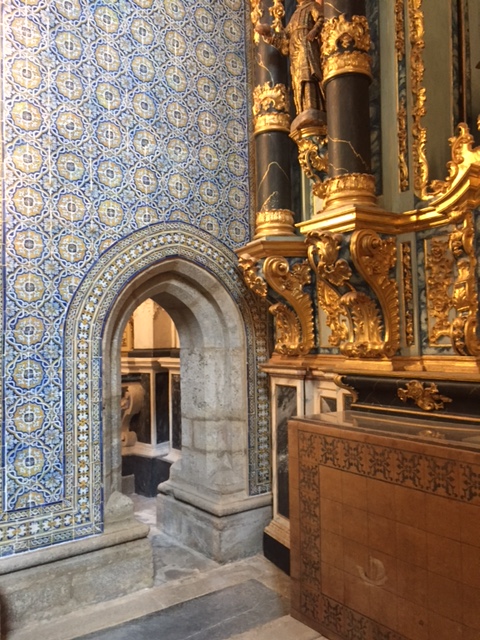
9. Wine tasting
We always enjoy trying new wines so when we were invited to taste some of the local offerings from the region we didn’t think twice. We will be writing a separate blog on our tasting but suffice to say here that we thoroughly enjoyed the four whites and four reds that we tasted and were delighted to learn more about the wine producers in the Alentejo.
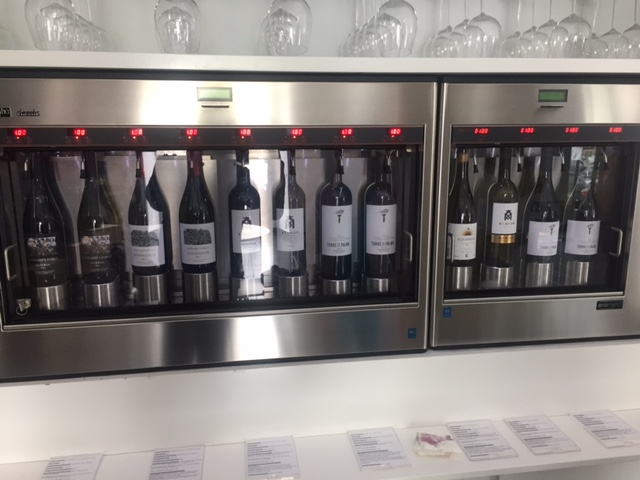
10. Aqueduct
Arriving in the town from the north-west is the16th century aqueduct designed by the same architect as the famous Tower of Belem. Some 5 miles of the aqueduct still survive so if you want to have a walk to work up an appetite for dinner it’s worth popping into the tourist office for a map showing the access points. In Rua do Cano it’s interesting to see how houses and shops have been built into the arches of the aqueduct.
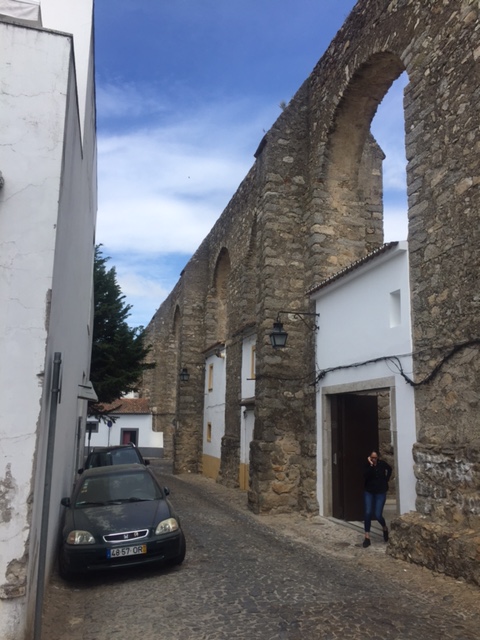
With thanks to Turismo de Portugal for the assistance provided to us on this trip.
Categories: Travel Tips
